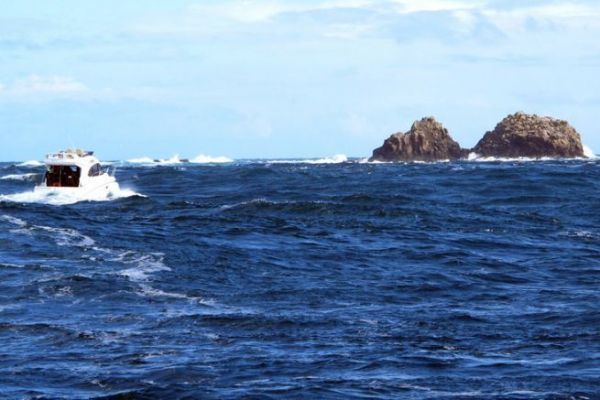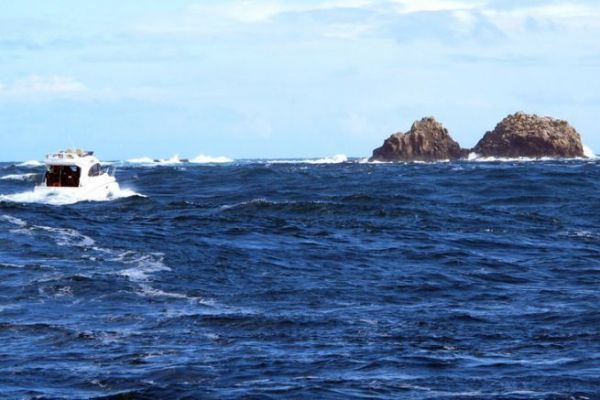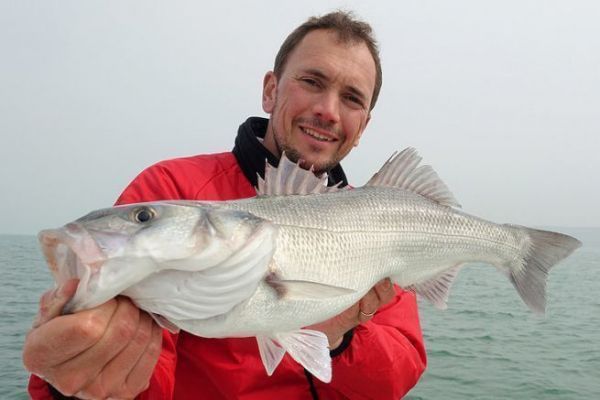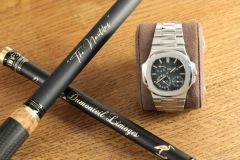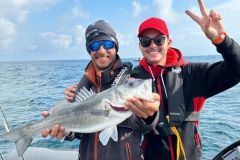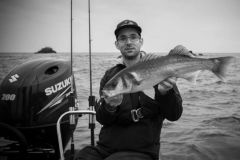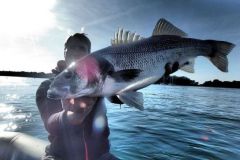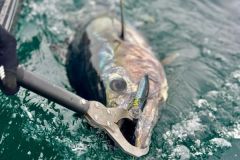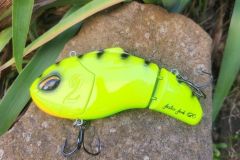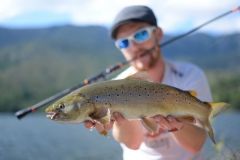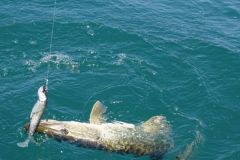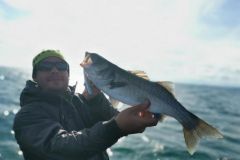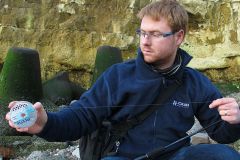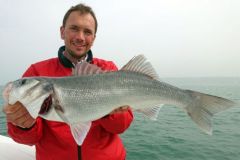Why risk the rocks?
Sea bass sometimes bite in open water when they're hunting fish. They are then active on the surface or at mid-height. But most of the time, they're looking for their everyday food: crustaceans. There's always crab and shrimp digesting in a sea bass's stomach. These delicacies are picked up by sea bass in the heart of the rocks, in rocky faults. It's never a technical mistake to look for sea bass at the bottom. There are always a few specimens lurking on the bottom. We then approach the rocky flats with our soft lures to attract the bass' attention. The lures regularly scrape the rocks, hence the name "scratch fishing".
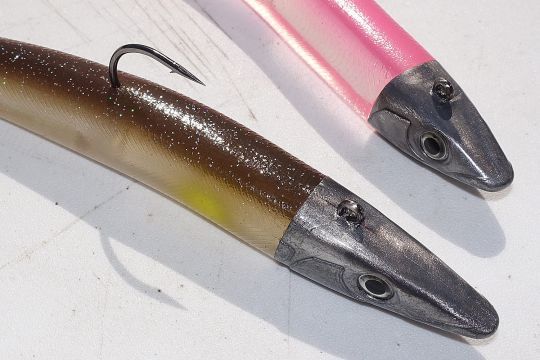
The weight of the jig head is decisive
Hitting the rocks is easy. All you have to do is use a large lead head, which will quickly fall to the bottom. Wrong! As with the ingredients in a recipe, the weight of the jig head is important and must be chosen with care. The lure needs to be as light as possible to glide down. To resemble the swim of a natural fish or shrimp, it needs to be suspended close to neutral density. That's what we need to get close to. For the lure to go down anyway but with glide, start with a head of 1 gram per meter of depth for a slug or an eel (sandeel) and 1.5 g per meter for a shad whose vibrating tail slows down the descent and reduces the feeling.
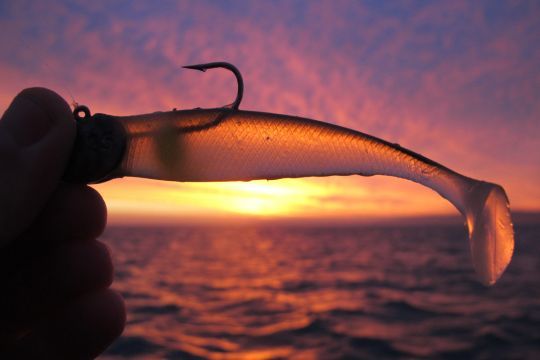
Feeling the lure's descent
It's vital to control the lure's descent. When the weight of the jig head is light and it's difficult to feel the lure's descent, place the reel's braid in the hollow at the base of the index and middle fingers. This sensitive area allows the braid to spin without slowing down the lure, while keeping a little tension in the line. This tension allows you to be alerted as soon as the line stops and no longer tickles the base of the fingers. The descent stops when the lure reaches the bottom or when a bass attacks. Sea bass don't crunch their prey, they suck it in and gobble it up. As a result, bites are subtle to feel and must be shod to avoid the sea bass spitting out the lure.
